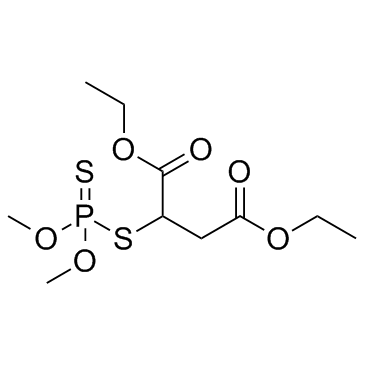| Structure | Name/CAS No. | Articles |
|---|---|---|
 |
Malathion
CAS:121-75-5 |
|
 |
Omethoate
CAS:1113-02-6 |
|
 |
Malaoxon
CAS:1634-78-2 |
|
 |
Dimethoate
CAS:60-51-5 |
|
 |
Physostigmine
CAS:57-47-6 |